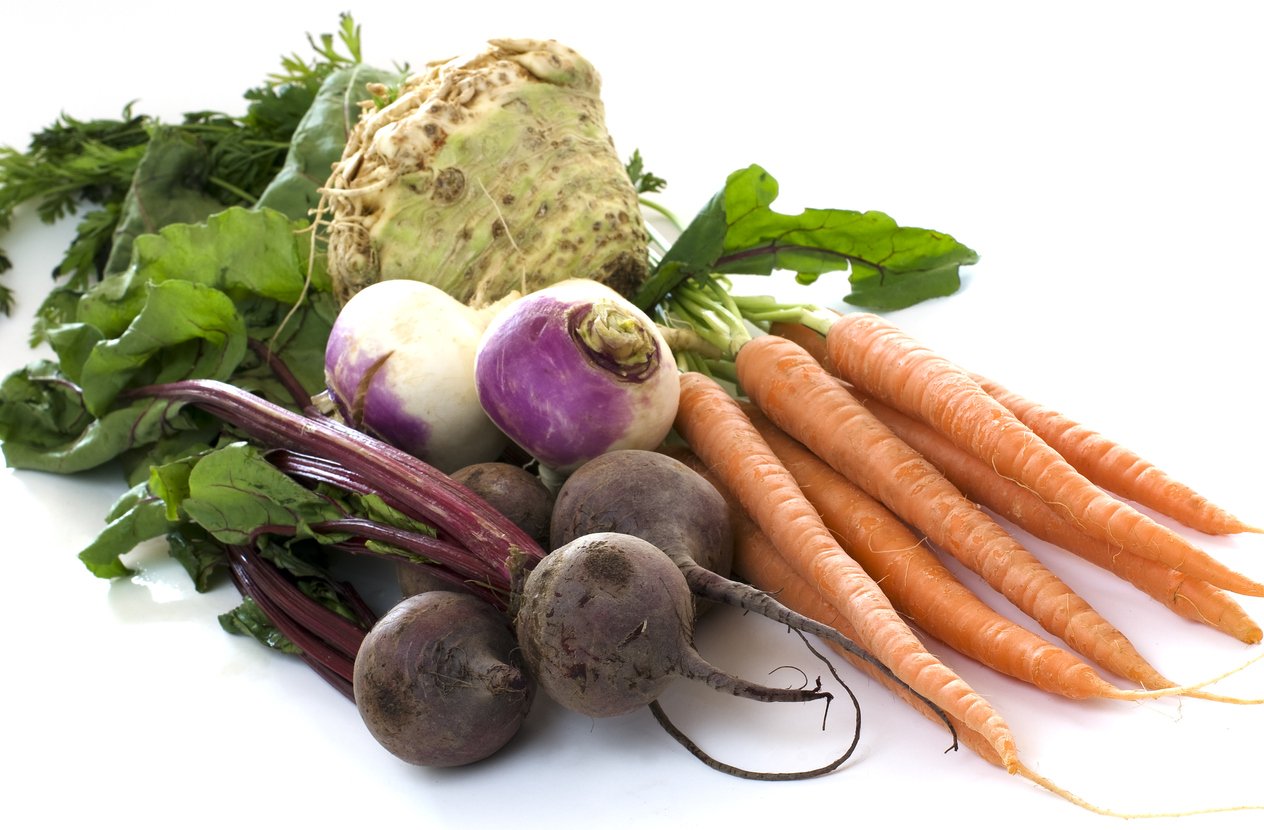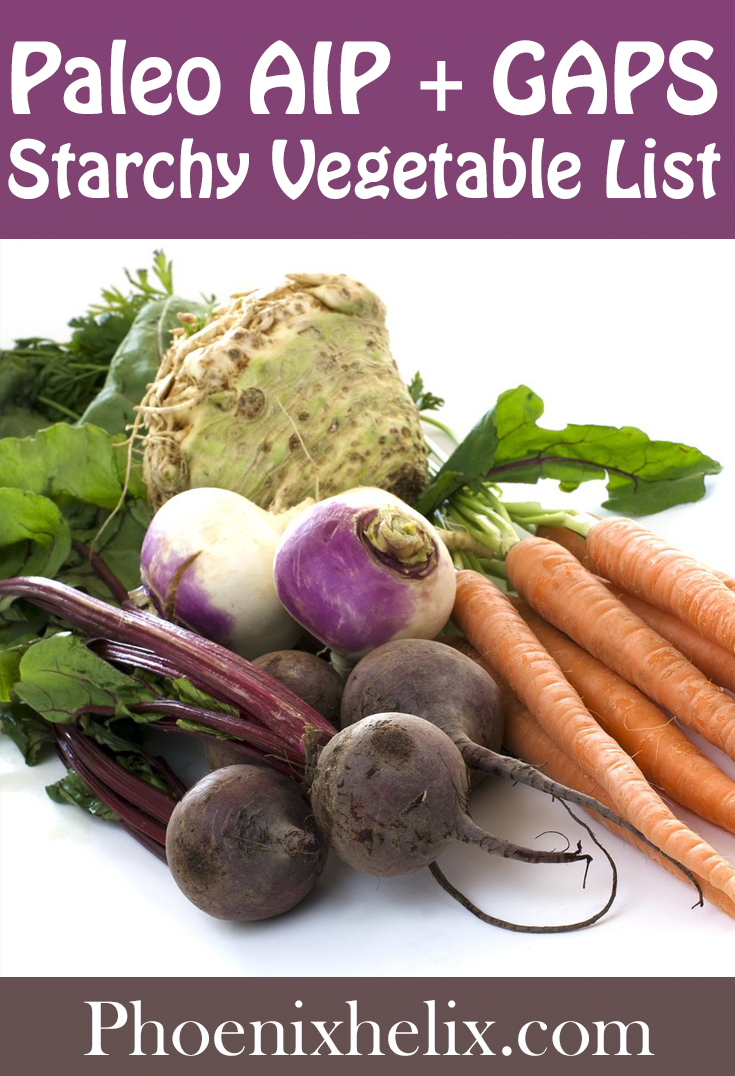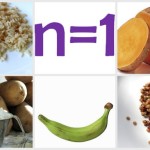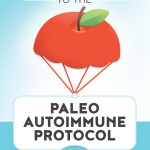
“While there’s no question Paleo is a great starting place, the key to making it successful over the long term is personalizing it to meet your unique needs and goals.”
~ Chris Kresser
WHY THIS LIST?
Many of you know that I came to the paleo autoimmune community through the GAPS doorway. The GAPS Diet is designed to heal the gut and therefore heal the body. One of the tenets of the GAPS diet is that starch can feed pathogenic bacteria, so a low-starch diet can shift the gut microbiome toward health. I followed the GAPS Diet for 5 months, and when I plateaued in my healing I added the Paleo Autoimmune Protocol (AIP). This combination worked well for me, but it’s not a good idea to follow multiple restrictive diets long-term, because that can result in nutrient deficiencies. First, I went through the AIP reintroduction process and expanded my diet with some successful reintroductions. Then, I went through a starch reintroduction process and discovered that I do feel best on a low to moderate starch diet. However, we’re all unique. Just because I do well with less starch doesn’t mean everyone does. In fact, my friend Jaime from Gutsy By Nature and Mickey from Autoimmune Wellness both discovered they do better with higher amounts of starch. And others, like Charles Comey, do best with no starch at all. So, this is an area where people can experiment and personalize their healing diet accordingly. Over the years, when people read my article, The Great Starch Experiment, they have asked me for this list. I finally compiled it! In the tables below, I’ve listed the vegetables in order from low-starch to high-starch, so you can test both ends of the spectrum to see which level works best for you.
GAPS + AIP ALLOWED STARCHES
| VEGETABLE | CARBS Per 100 grams |
STARCH Per 100 grams |
SUGAR Per 100 grams |
FIBER Per 100 grams |
| Turnips | 5 | .1 | 3 | 1.9 |
| Carrots | 8.2 | .2 | 4.5 | 3.5 |
| Beets | 10 | .5 | 7.5 | 2 |
| Rutabagas | 8.7 | .9 | 6 | 1.8 |
| Hubbard Squash | 10.8 | 1 | 4.9 | 4.9 |
| Celeriac/Celery Root | 5.9 | 1.1 | 3.6 | 1.2 |
| Spaghetti Squash | 6.5 | 2.6 | 2.5 | 1.4 |
| Delicata Squash | 9 | 2.7 | 3.4 | 2.9 |
| Pumpkin | 4.9 | 2.8 | 1 | 1.1 |
| Winter Squash (average of all varieties) | 8.9 | 2.8 | 3.3 | 2.8 |
| Kabocha Squash | 8.2 | 3.5 | 3.5 | 1.2 |
| Butternut Squash | 10.5 | 5.3 | 3.2 | 2 |
| Acorn Squash | 8.8 | 6.2 | 0 | 2.6 |
AIP-ONLY STARCHES (Not GAPS-Compliant)
| VEGETABLE | CARBS Per 100 grams |
STARCH Per 100 grams |
SUGAR Per 100 grams |
FIBER Per 100 grams |
| Jicama | 8.8 | 2.1 | 1.8 | 4.9 |
| Jerusalem Artichokes/Sunchokes | 17.4 | 6.2 | 9.6 | 1.6 |
| Parsnips | 17 | 8.2 | 4.8 | 4 |
| Salsify | 15.4 | 9.4 | 2.9 | 3.1 |
| Sweet Potatoes | 17.7 | 9.5 | 5.7 | 2.5 |
| Lotus Root | 16 | 12.5 | .5 | 3 |
| Plantains | 31.2 | 14.9 | 14 | 2.3 |
| Yam | 27.5 | 23.1 | .5 | 3.9 |
| Taro | 34.6 | 29 | .5 | 5.1 |
| Tigernuts (a starchy tuber) | 67.5 | 32.5 | 17.5 | 17.5 |
| Cassava/Yuca | 38.2 | 34.7 | 1.7 | 1.8 |
GAPS-ONLY STARCHES (Not Elimination Phase AIP. Test During Reintroductions)
| VEGETABLE | CARBS Per 100 grams |
STARCH Per 100 grams |
SUGAR Per 100 grams |
FIBER Per 100 grams |
| Green Beans | 7.9 | 1.1 | 3.6 | 3.2 |
| Green Peas | 15.6 | 4.2 | 5.9 | 5.5 |
FREQUENTLY ASKED QUESTIONS
1. Jicama and Jerusalem Artichokes are both low in starch. Why are they excluded from the GAPS diet?
They’re both high in inulin fiber, which is another food category that’s eliminated during the GAPS diet due to its potential to feed pathogenic bacteria. The GAPS recommendation is to wait until your gut has healed and then test these foods during reintroductions.
2. What about flours?
When you’re on a healing diet, it’s best to prioritize whole foods over flours, and it’s easy to overdo when it comes to baking. That said, part of making a diet sustainable is making it enjoyable, so it’s natural to want to do some baking once in a while. Coconut flour is the only flour allowed on both diets. Most of the AIP flours are high starch, such as arrowroot, cassava, plantain, sweet potato, tapioca, and tigernut flours. None of those are allowed on the GAPS diet. Similarly, the GAPS diet prioritizes nut flours that aren’t allowed on the AIP.
3. What are non-starchy vegetables?
The vast majority of vegetables don’t contain starch at all, or only in trace amounts. Here’s a list of non-starchy vegetables allowed on both the AIP & GAPS diets: artichoke, arugula, asparagus, avocado, bok choy, broccoli, broccolini, brussels sprouts, cabbage, cauliflower, celery, chard, collards, cucumber, daikon, endive, fennel, garlic, ginger, greens, kale, kohlrabi, leeks, lettuce, mushrooms, mustard greens, olives (pimento-free), onions, radicchio, radish, rapini, scallions, seaweed, spinach, summer squash, and zucchini.
4. How did you find the data for the tables?
I used two websites as my primary sources: Cronometer and SELF Nutrition Data. When there was both a cooked and raw listing for the vegetable, I chose cooked. And from there did the math according to this starch formula. However, when it comes to fresh produce, things like weather, storage, and level of ripeness can affect these numbers slightly. That’s part of nature’s design. However, this table does accurately show which vegetables are the highest vs. lowest starch. Don’t sweat the exact numbers too much.
5. What is 100 grams in cups?
It depends on the vegetable, but generally it’s between 1/2 and 3/4 cup, cooked.
6. Should everyone eat a low-starch diet?
Not at all! As I said in the introduction to this article, everyone is unique when it comes to dietary needs. This table can be used to conduct your own starch experiment. There is no superiority in a low-starch vs. high-starch diet. It’s just a matter of finding what works best for you.
7. Can starch tolerance change over time?
Absolutely. Many things impact digestion and food tolerance. The more our gut heals, our inflammation reduces, and our immune system calms and balances, the more variety of foods our bodies will be able to digest, absorb, and enjoy. For example, while I still don’t benefit from a high-starch diet, I can tolerate more starch now than I could 7 years ago. I also find that digestive enzymes improve my starch tolerance as well. My goal is always to expand my diet in healthy ways, and I appreciate the extra food freedom that gives me. Both the AIP and the GAPS diet include reintroduction phases for this reason. The strictest parts of these diets are designed to be temporary.
RESOURCES
Credit: image at top of page purchased from iStock.









Hi! first of all, awesome site. it’s helping me a lot.
I want to point that, if I’m not wrong, the carrot starch content is 1.4g per 100g (raw). The source is nutritiondataself, what is yours?
Hi David. I’m so glad the website is helpful. If you look at the Frequently Asked Questions at the bottom of the article, #4 shares my process for where I got these numbers. Wishing you wellness in every way!
Thank you Eileen for this compilation of information. I was surprised to see the varying amounts of starch in the differint squashes that are available. Just yesterday I was lamenting about how I miss squash because I have never had success reintroducing it. My family has only ever grown acorn and butternut squash on their farm and I do miss eating it. The information you provided about starches has given me renewed hope. I live and work in a very large rural agricultural area surrounded with farmers markets and I have never seen an actual hubbard squash. I have seen pictures of hubbard squash so I know what I am going to be searching for, but I know I am going to have to search far to find one. I have heard many times on your podcasts and blog articles how important it is to eat a vast aray of vegetables and fruits, and I thought I was doing a good job of that, but your article has opened my eyes. I will definitely look at food differently from now on, and do more research about the food I eat.
Hi Michelle. You are so welcome. Happy Hubbard Hunting!